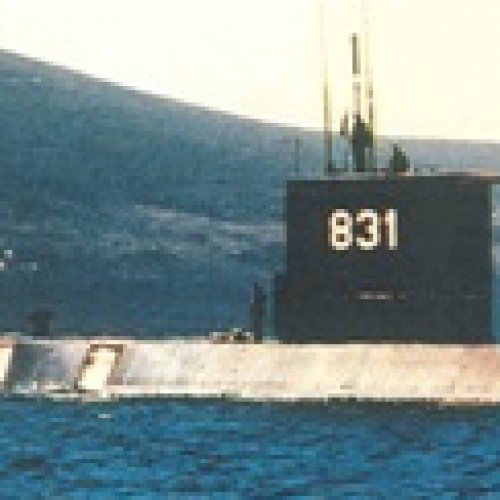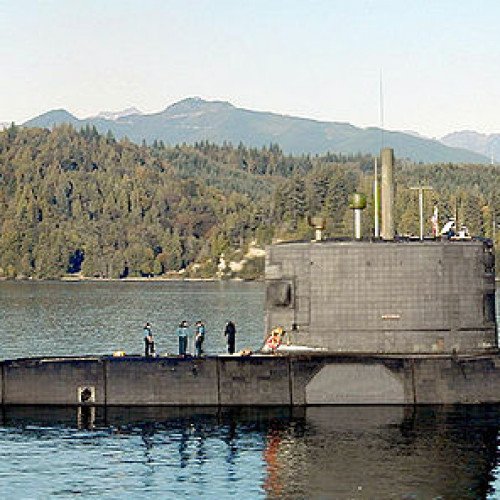Sava-class submarine vs Upholder/Victoria-class submarine

Sava-class submarine
The Sava class was a class of diesel-electric attack submarines built for the Yugoslav Navy during the late 1970s and early 1980s. Developed by the Brodarski Institute (BI) from Zagreb, the two strong class was built by the Brodogradilište specijalnih objekata (Special objects shipyard) in Split. They were intended as a replacement for the aging Sutjeska-class submarines. Compared to the earlier Heroj class, the Sava class was longer with more powerful armament that consisted of six torpedo tubes that could also be used for minelaying. With the start of the Croatian War of Independence, both submarines were relocated to Boka Kotorska where they would be commissioned with the new FR Yugoslav Navy of, what would eventually become, Serbia and Montenegro. Both were decommissioned during the early 2000s.
Statistics for this Xoptio

Upholder/Victoria-class submarine
The Upholder/Victoria-class submarines, also known as the Type 2400 (due to their displacement of 2,400 tonnes), are the class of the diesel-electric submarines that were built in the United Kingdom in the 1980s to supplement the nuclear submarines served in the Submarine Service of the British Royal Navy. Originally classified as the Upholder class in the British service, these submarines only served for a short span of time and were decommissioned in 1994. After an unsuccessful bid to transfer these submarines to Pakistan Navy in 1993–94, Canadian Forces Maritime Command (returned to Royal Canadian Navy since 2011) eventually purchased the submarines and a suite of trainers from the Royal Navy to replace their decommissioned Oberon class of submarines in 1998. In Canadian service, the submarines are classified as the Victoria class. These submarines initially suffered from serious electrical problems and were beset by mechanical operational incidents that limited their active service and the scope of their deployments. These problems have largely been overcome and the subs have achieved full operational capability.